A ZZ plant, also known as Zamioculcas Zamiifolia, or Zanzibar gems, is a tropical plant native to eastern Africa. It is a popular houseplant due to its low maintenance requirements, air-purifying capabilities, and its ability to tolerate low-light conditions. The ZZ plant has spotless deep green waxy leaves that are uniquely arranged on thick stems, making it a sophisticated choice for any space. It is also known for its ability to survive for long periods without water, making it an ideal plant for those who may not have a lot of time to care for it. ZZ plants are generally easy to maintain, but they do require well-draining soil and a planter with drainage holes to prevent overwatering. They also prefer indirect sunlight and should be watered only when the soil is dry to the touch.
Reasons to Choose ZZ Plant
Caring For Your ZZ Plant | Common Problems with ZZ Plant | Recommended Products
Click on the image to buy
-
Low maintenance: These plants are known for their low maintenance requirements, making them an ideal choice for busy individuals or those who are new to gardening. They can survive for long periods without water, and they can tolerate low light conditions.
- Air purifying: Like many plants, ZZ plants are known to have air purifying qualities and can help to improve the air quality in your home.
- Aesthetic appeal: Their glossy, dark green leaves that are arranged in a spiral pattern on long, thick stems give them a unique and attractive appearance that can add a touch of greenery to any room, kept with a beautiful planter together (they are sometimes mistaken for artificial plants due to their deep intense colour!).
-
Durability: ZZ plants are generally hardy and can withstand some neglect, making them a good choice for those who may not have a lot of time to devote to plant care.
Similarly, there are a few more plants like Jade Succulent Plant and Snake Plant which has longer durability with minimal care and maintenance.
(back to top)
Caring For Your ZZ Plant
The ZZ plant is a low-fuss plant and can be easily maintained even if you don't have a green thumb! Here are some tips for caring for your Zanzibar gem:

- Choose a well-draining planter: ZZ plants are prone to root rot, so it's important to choose a planter with drainage holes to allow excess water to drain away. FRP planters are light weight and easy to maintain, Ceramic and concrete planters are heavier. So make sure you choose your decorative planter pot well.
- Use a well-draining soil mix: A good soil mix for these plants is one that is light and well-draining, such as a mixture of potting soil and perlite or sand. Avoid using heavy, clay-based soil as it can retain too much moisture.
- Water the plant sparingly: These plants are drought-tolerant and can survive for long periods without water. Water the plant only when the top inch of soil feels dry to the touch. Avoid overwatering, as this can lead to root rot.
- Place the plant in indirect sunlight: The Zanzibar gems prefer bright, indirect light and can tolerate low-light conditions. Keep the plant away from direct sunlight, as this can scorch the leaves.
- Fertilize the plant during the growing season: ZZ plants can benefit from fertilization during the spring and summer months. Or you can fertilize these plants once in 4 months. Use a balanced, all-purpose fertilizer at half strength and follow the instructions on the label for application.
-
Keep the plant clean: To keep your ZZ plant looking its best, periodically dust the leaves with a soft, dry cloth to remove any accumulated dirt.
(back to top
Common Problems with ZZ Plant
Like any plant, the ZZ plant is susceptible to common plant problems. Here's what you can do for most of them:
- Overwatering: One of the most common problems with ZZ plants is overwatering, which can lead to root rot. To avoid this, make sure to do the touch test, and only water your plant when the soil feels dry.
- Pests: They can be prone to infestations of mealybugs, spider mites, and aphids. To control these pests, you can use a mixture of one teaspoon of neem oil with one litre of water.
- Yellowing leaves: Yellowing leaves can be a sign of overwatering, but it can also be caused by a lack of nutrients or too much direct sunlight. To fix this problem, make sure to water the plant appropriately, fertilize it once in 4 months, and avoid placing it in direct sunlight.
- Stunted growth: Stunted growth can be caused by a lack of nutrients or insufficient light. Make sure to provide the plant with bright, indirect light and fertilize it once in 4 months to help it grow properly. It is recommended to put the ZZ plant in a well-draining planter.
The ZZ plant is a tough, hardy plant, that can handle almost anything. They are in fact called heirloom plants since they live long enough to be passed down from generation to generation.
(back to top)
Planters recommended for ZZ Plant
Discover more planters for your ZZ Plant

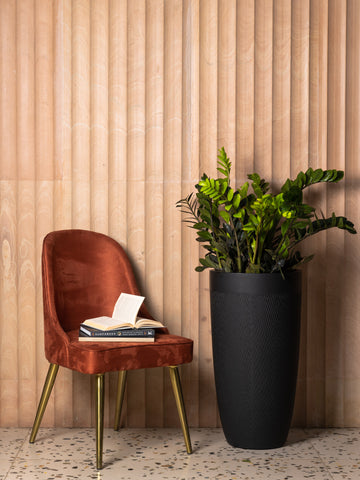

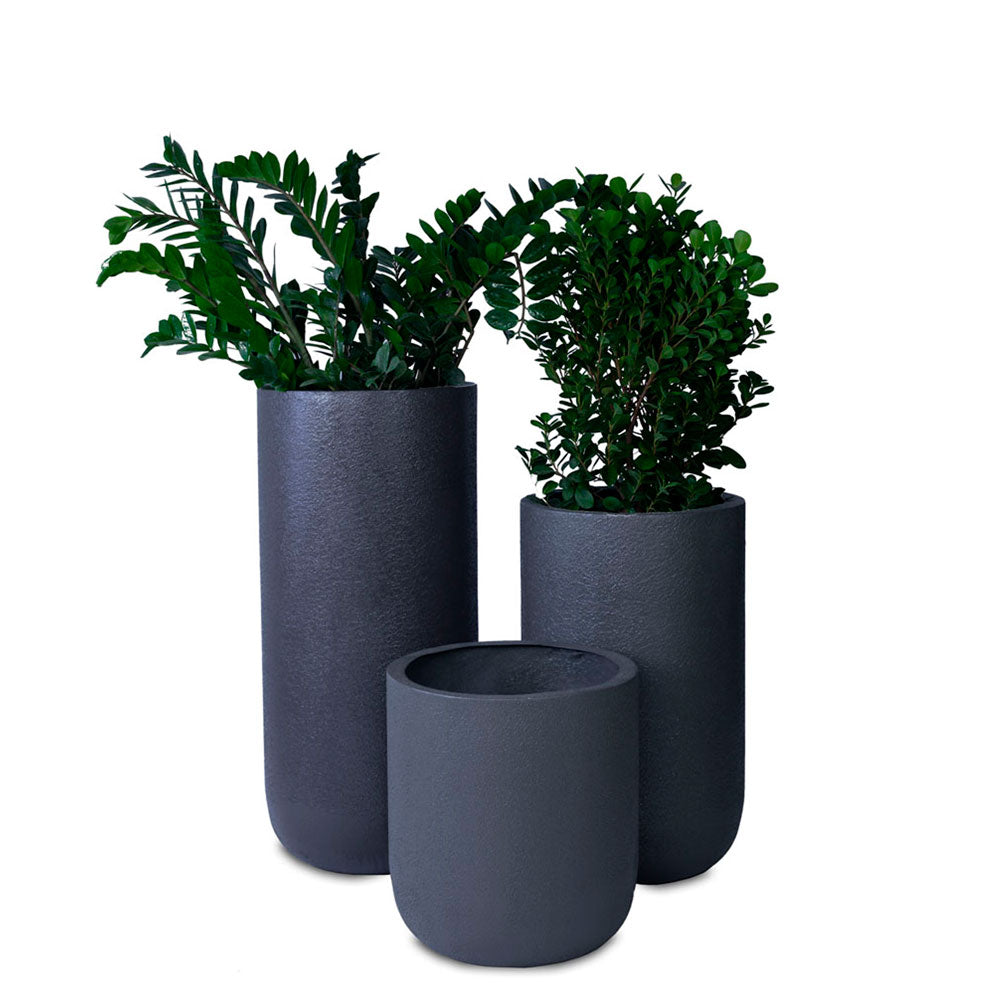
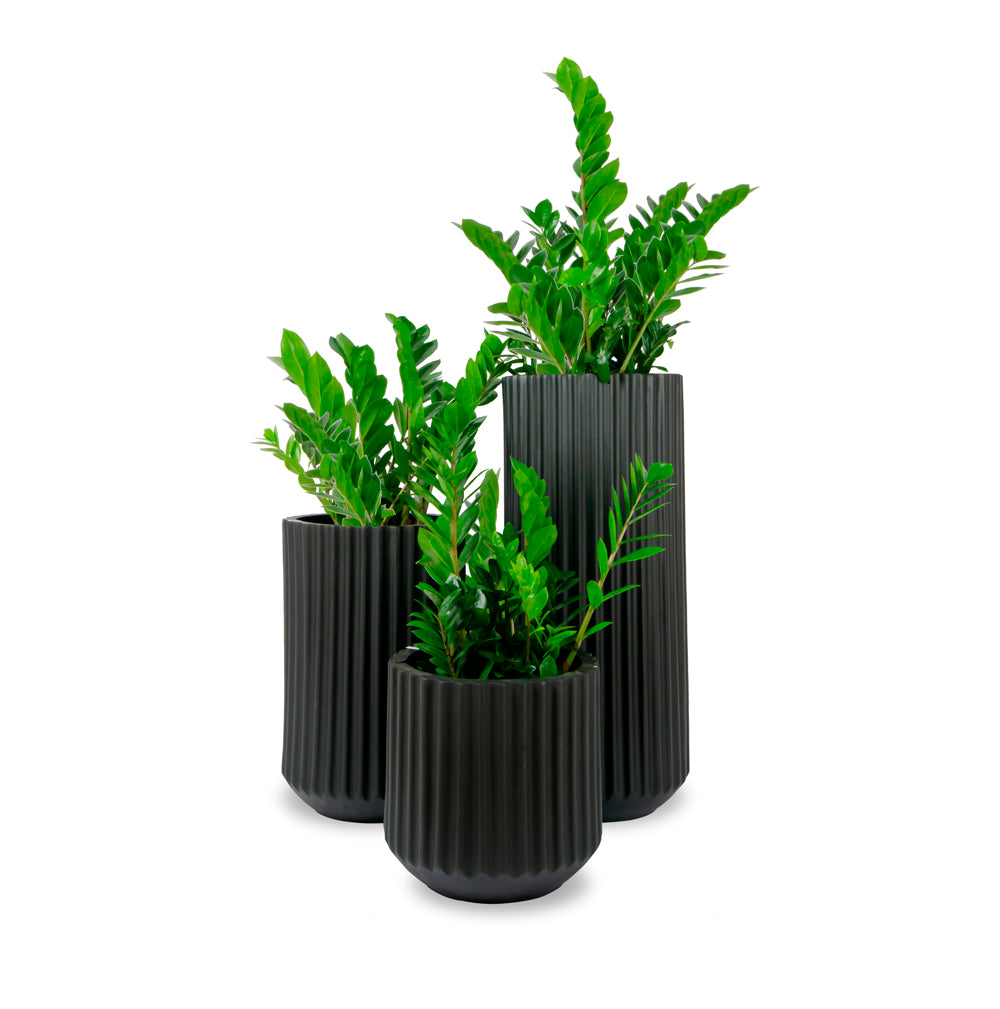
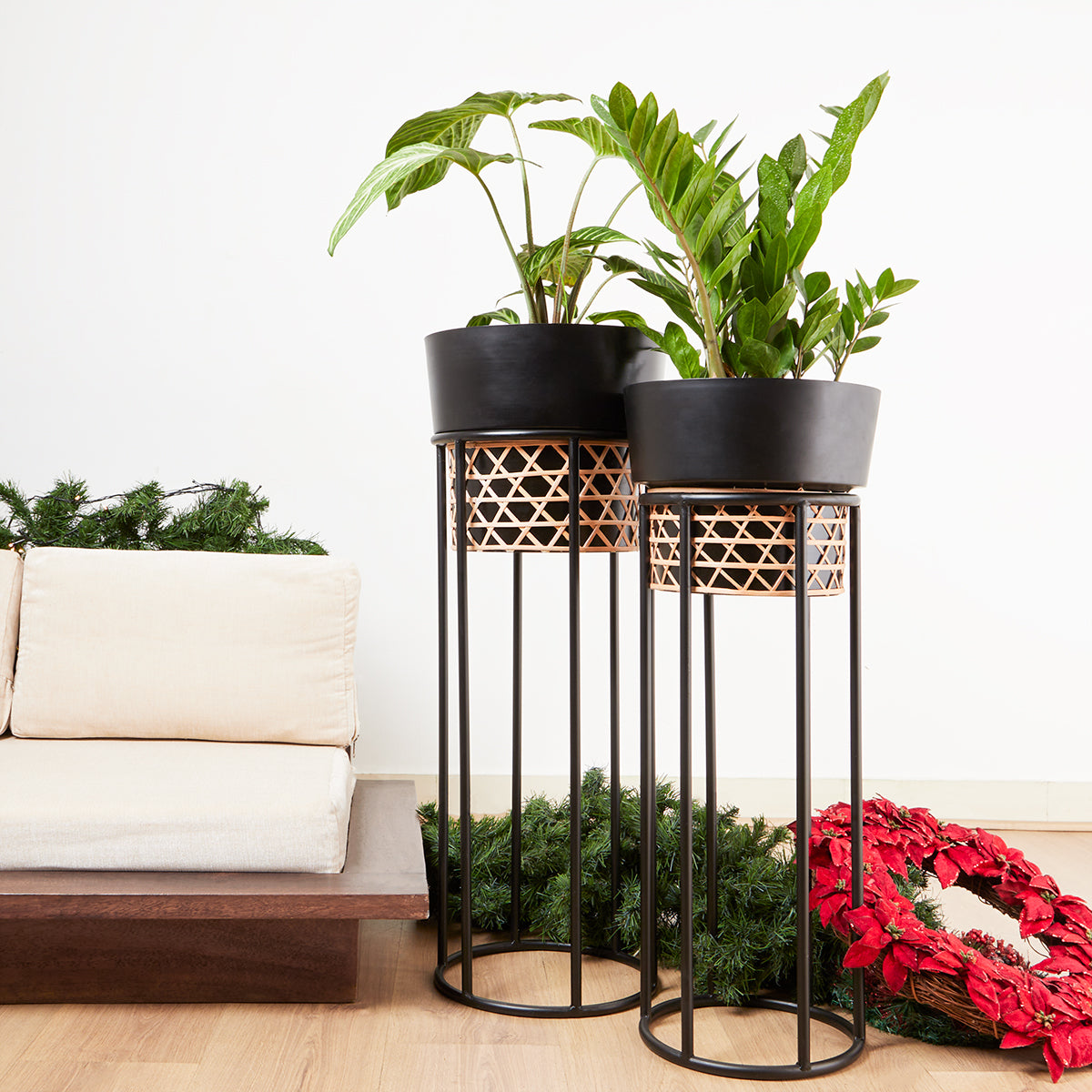
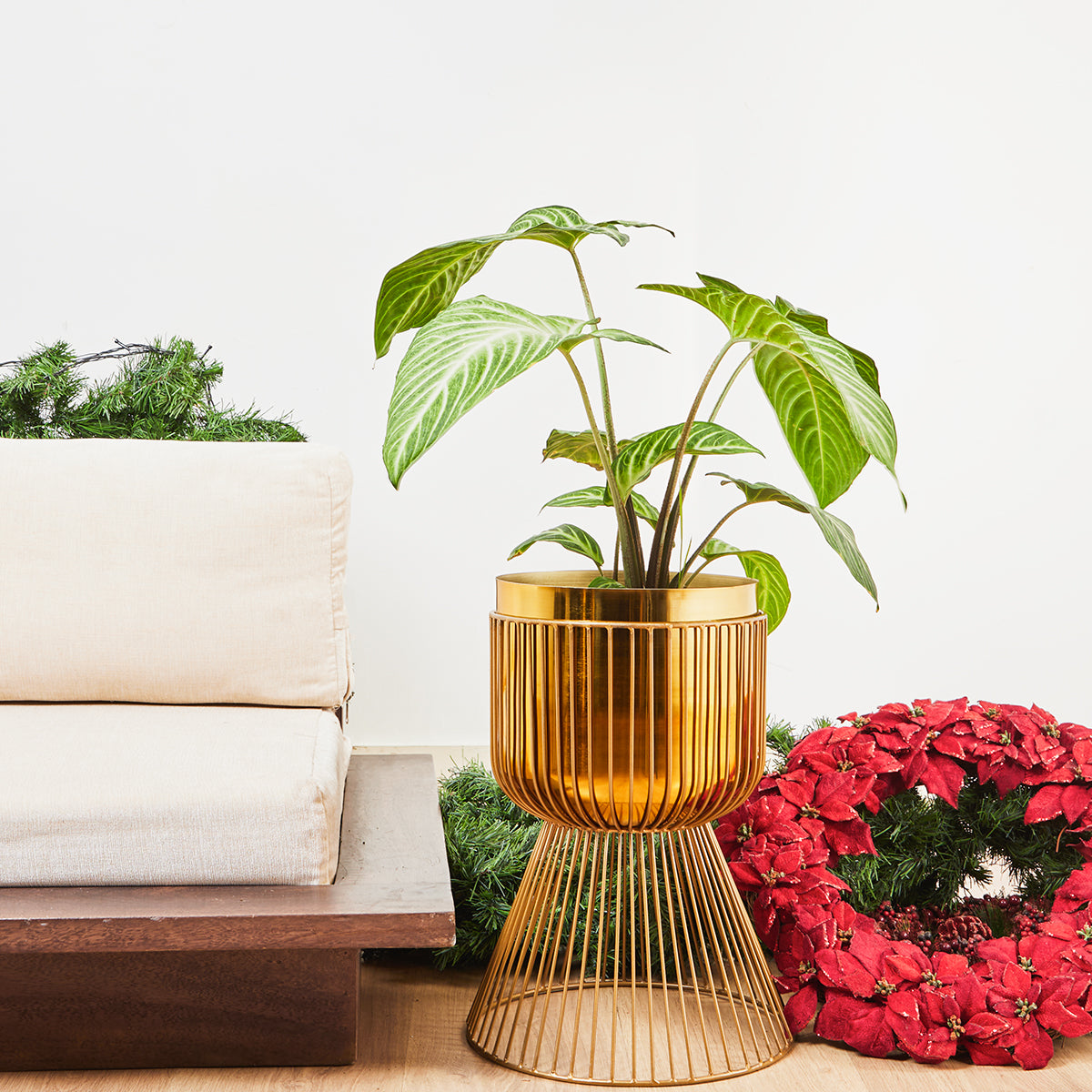

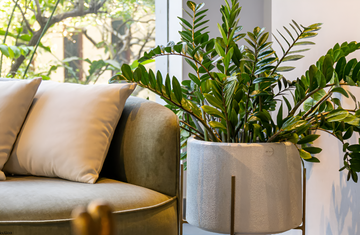

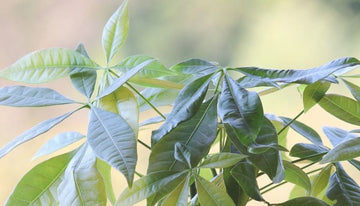
 At Palasa, we believe in the seamless fusion of nature, design and humanity.
At Palasa, we believe in the seamless fusion of nature, design and humanity.